30 let FP
Establishment of the Department of Physical Education and Sport
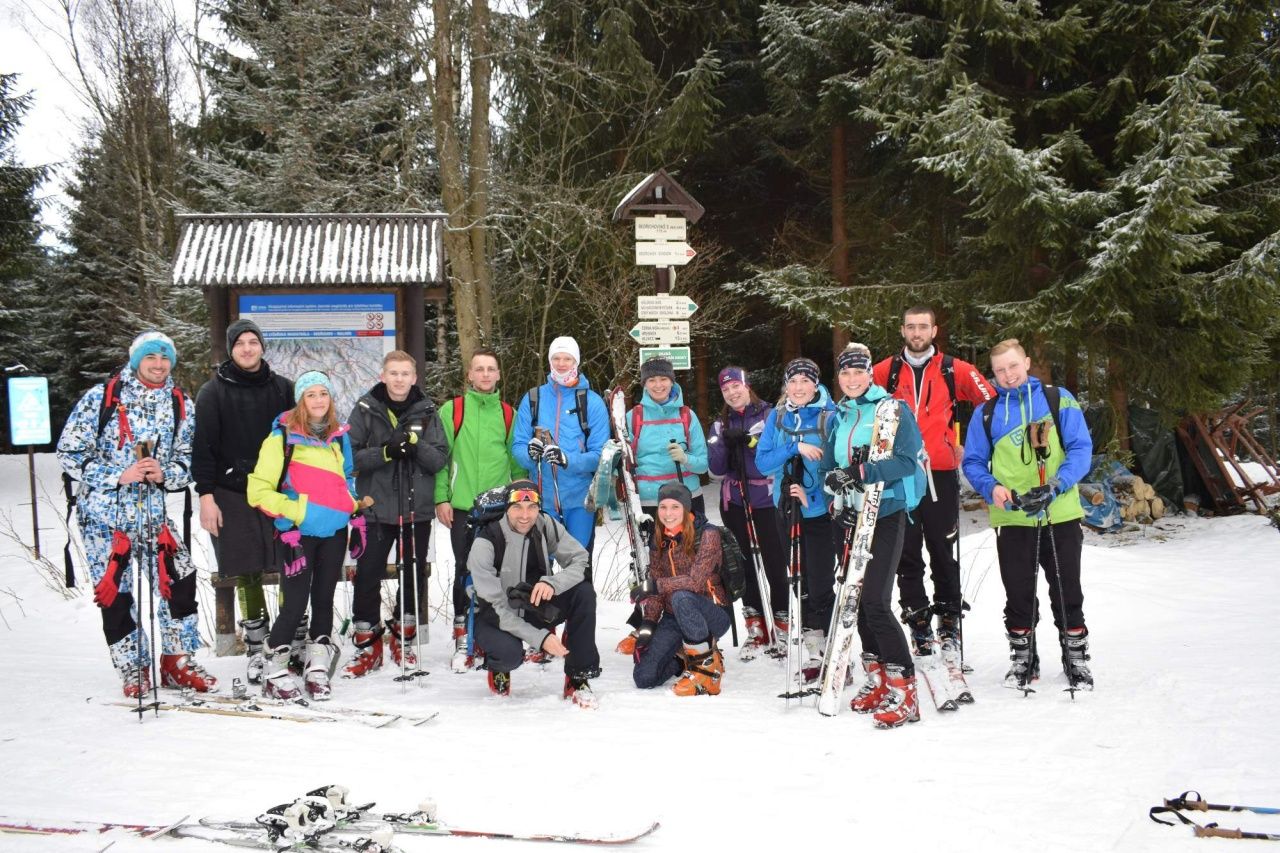
The Department of Physical Education and Sport (KTV) was first established in Liberec as an independent department in 1953, at the same time as the University of Engineering was founded. Until 1990, it taught general physical education and sports at the faculties of engineering and textile. With the establishment of the Faculty of Education at the University of Engineering and Textiles in 1990, it was transformed into a department.
Establishment of the Department of Natural History
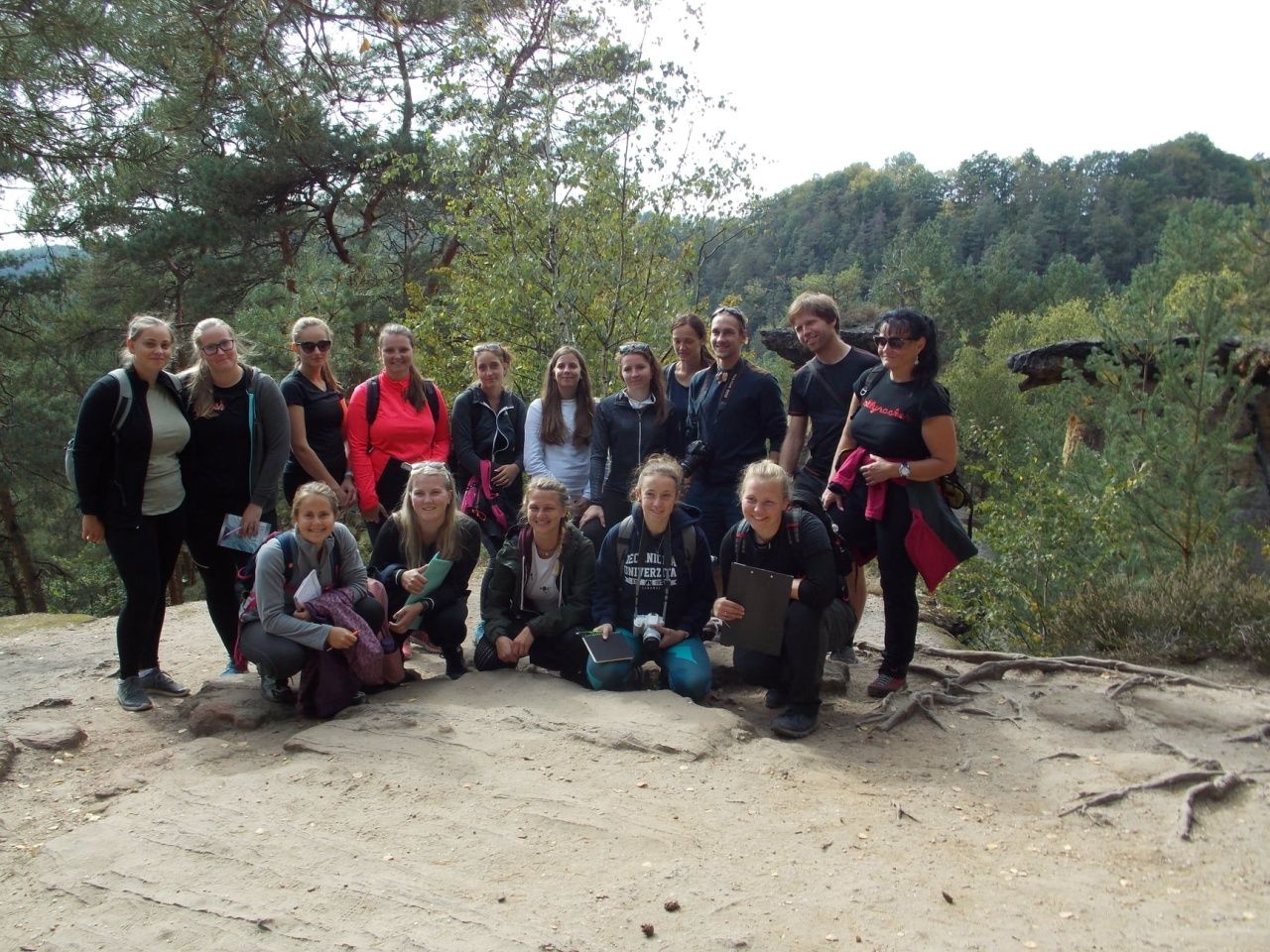
From the academic year 2019/2020, the Faculty of Science, Humanities and Education of the Technical University of Liberec has been teaching a new accredited field of study - Natural History with a Focus on Education as a bachelor's degree and from the academic year 2020/2021 the study programme Teaching for the 2nd Stage of Primary School (PS) as a master's degree.
The main objective of establishing this field is the long-standing lack of qualified science teachers. Students are now offered a combination of science with chemistry, geography, physics, mathematics or physical education.
The highest number of students at the faculty
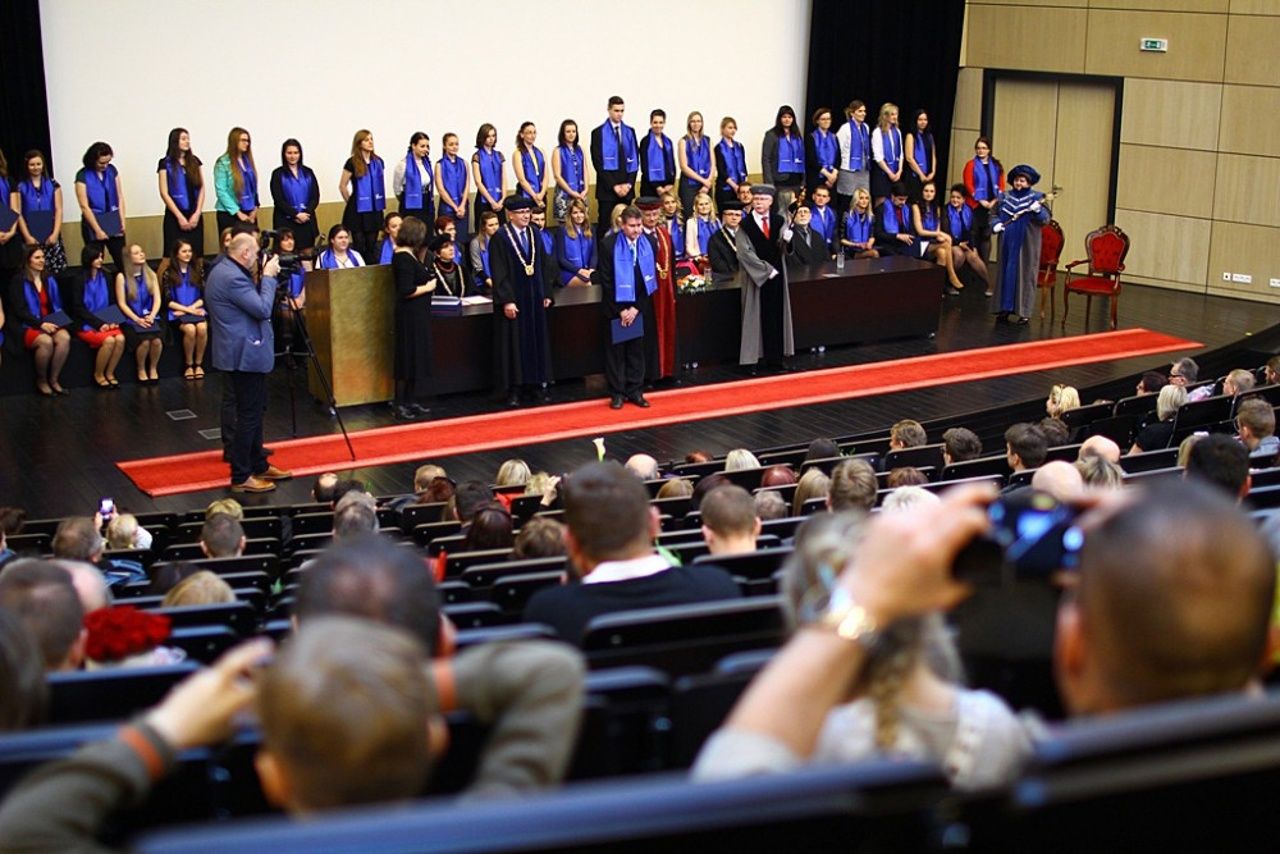
As it developed, the number of students at the faculty grew rapidly in the early years of its existence. In 1997, with 1033 students, the Faculty of Education became the largest faculty of the Technical University of Liberec. After a decade of its existence, the number of students had reached almost 1500. The continuing increase in the number of undergraduates brought further massification of higher education in the CR and its structuring in the first decade of the new millennium. The highest number of students at the faculty was recorded at the beginning of the academic year 2010/2011, when it exceeded the threshold of 3000, i.e., 3048 undergraduates. It is an interesting fact that the faculty recorded the highest number of applications in 2005, 3703, but enrolled the highest number of first-year students in 2007, that being 1177.
Establishment of the ICT department
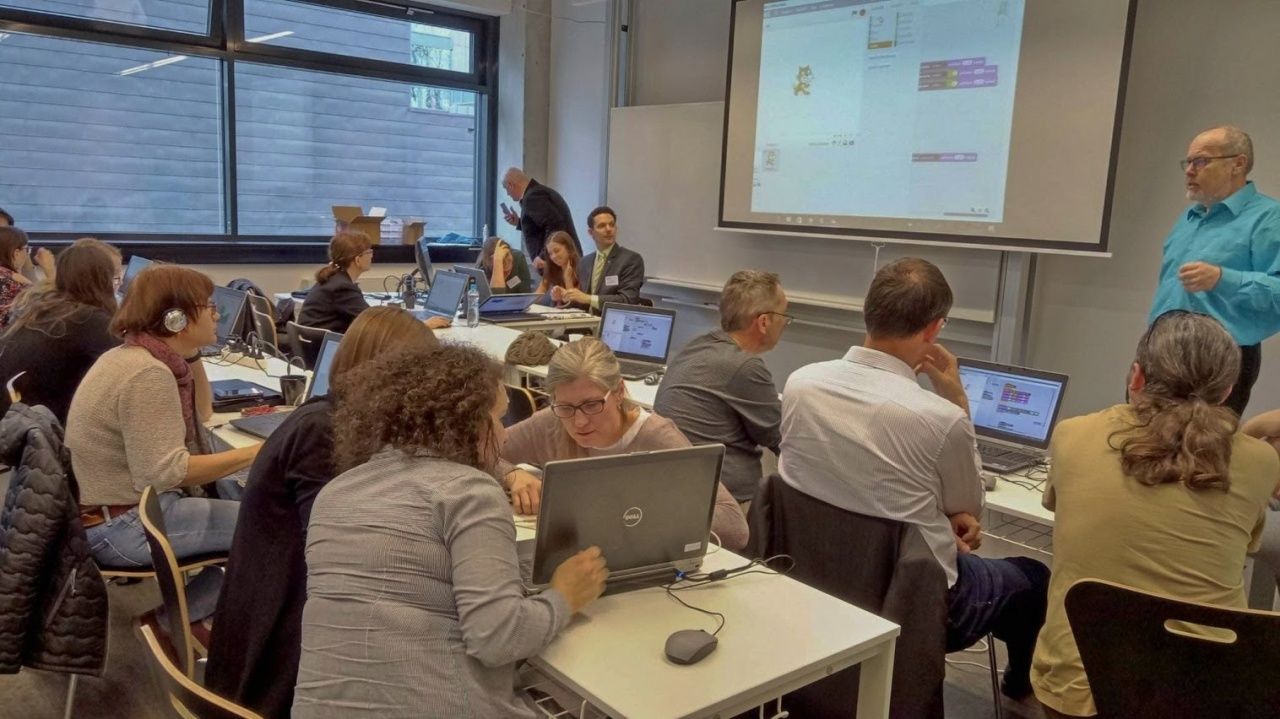
The first time the ICT department could be found in the “Blue Book” with the curricula was under the Department of Physics for the academic year 2004/2005. For the academic year 2006/2007, this department had moved to the Department of Social Studies. Today, the ICT department is incorporated into the Department of Applied Mathematics. The department has gradually become involved in several projects. It continues to teach a course for the faculty as a whole focused on developing digital literacy, called Electronic Document Processing. Moreover, it has gradually taken over the teaching of some other subjects focused on the general use of digital technologies in education and further strengthened the didactic component of its profile.
Establishment of the Children's Corner
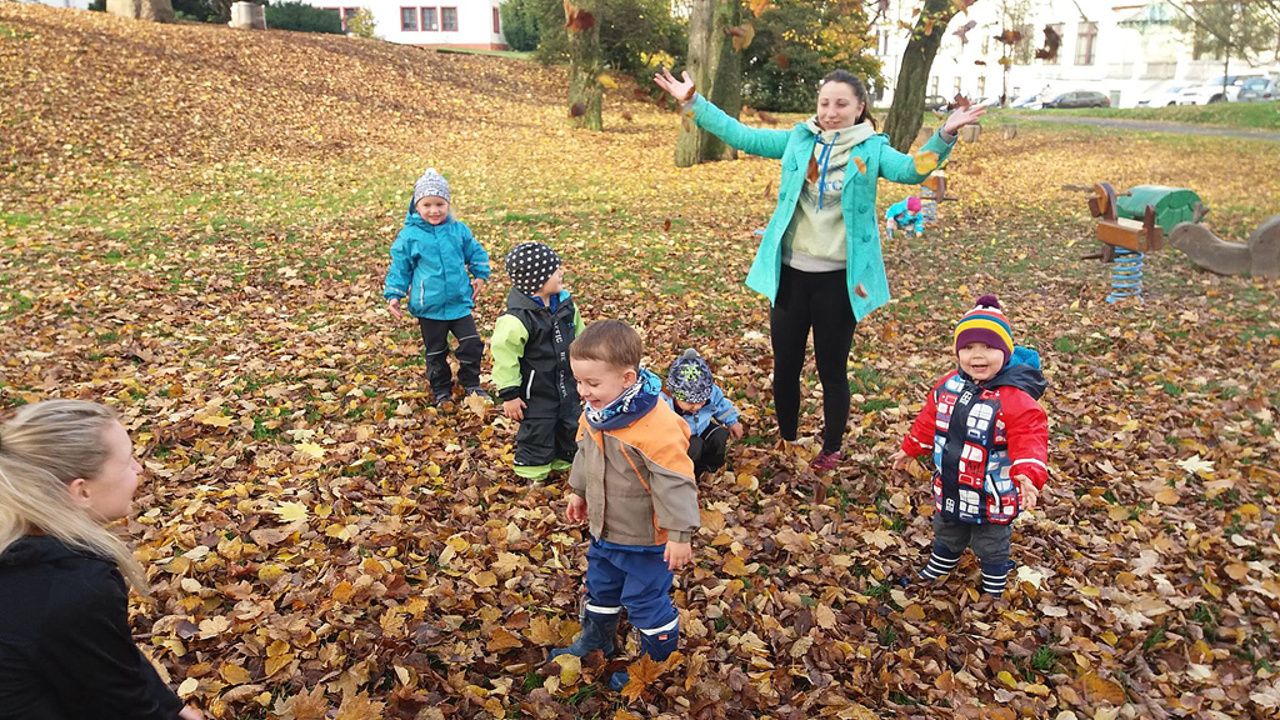
Thanks to the helpfulness and support of the university, an idea to help mothers (students and lecturers) to manage the care of their small children without having to give up their studies or scientific work, the Children's Corner with nannies came into being. The Technical University of Liberec had such a facility. It is the second in the Czech Republic to do so, after the Faculty of Social Studies in Brno. The TUL Children's Corner is partly subsidized by the university as part of the employee bonuses.
The faculty’s new name “Faculty of Science, Humanities and Education”
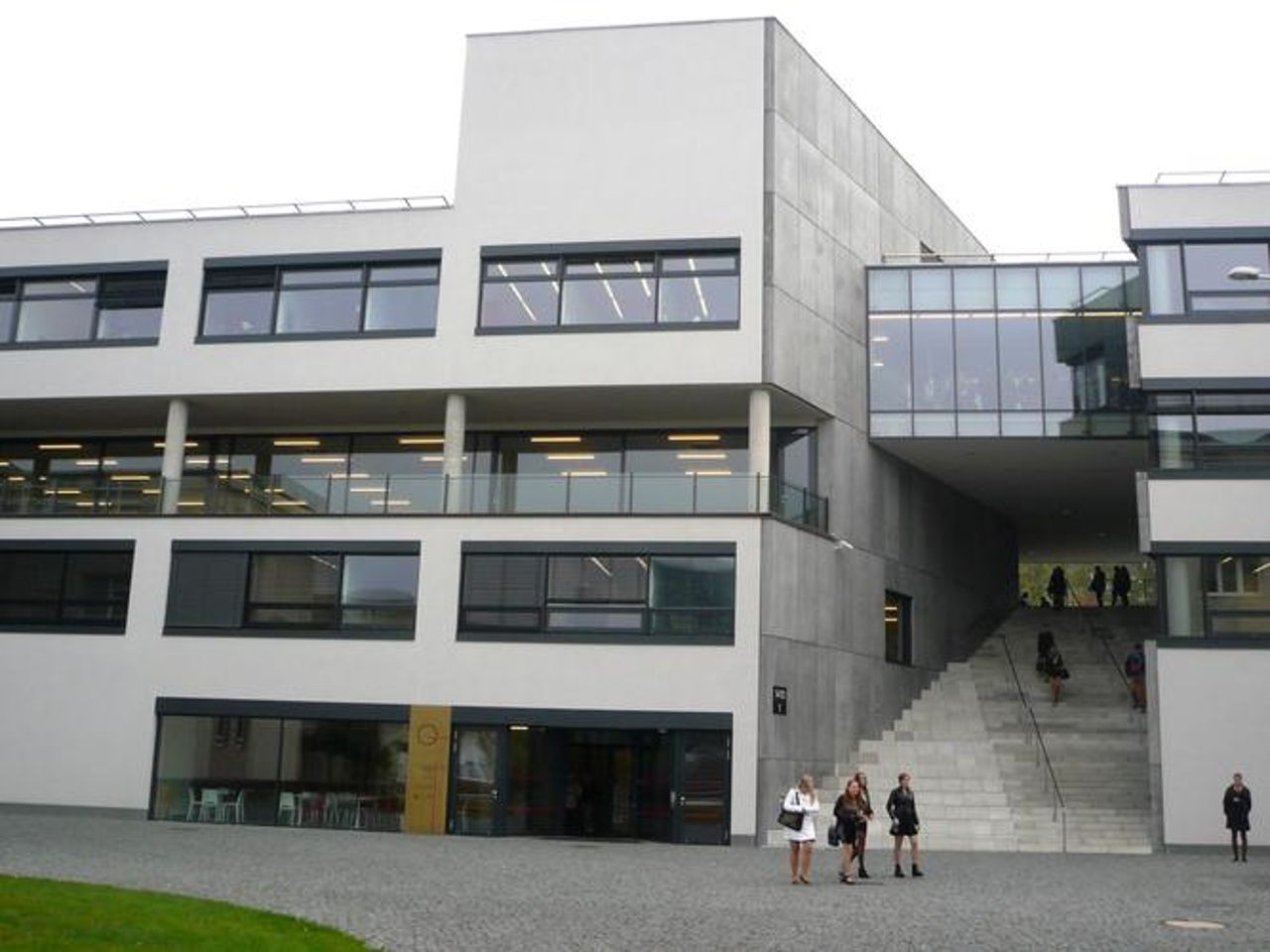
With the expansion of the number of accredited programmes and fields of study, there came an increase in the number of students and staff and the establishment of professional departments, and the management of the University and the Faculty agreed that the name Faculty of Science, Humanities and Pedagogy more appropriately characterizes and describes the Faculty’s expanded professional focus, which, in addition to the traditional teaching programmes and fields of study, also offers bachelor's and postgraduate programmes and fields of study with a professional, non-teaching focus. At the same time, the name also implies the three main directions of the scientific research aims of the faculty and its individual departments.
Establishment of the Centre of Practical Training
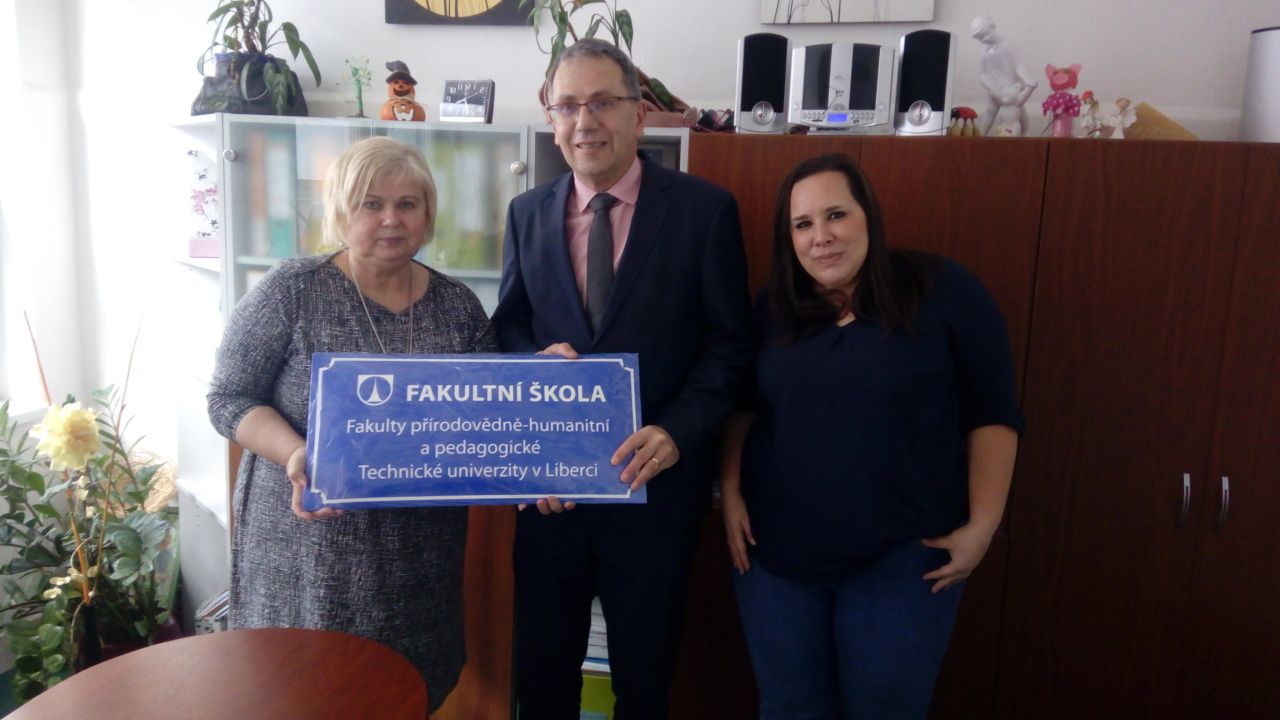
The Centre of Practical Training, now the Department of Pedagogical Practice, provides conceptual, organizational and administrative pedagogical practice for the majority of the study programmes with a pedagogical-psychological module in their study plan.
Establishment of the Department of Social Studies
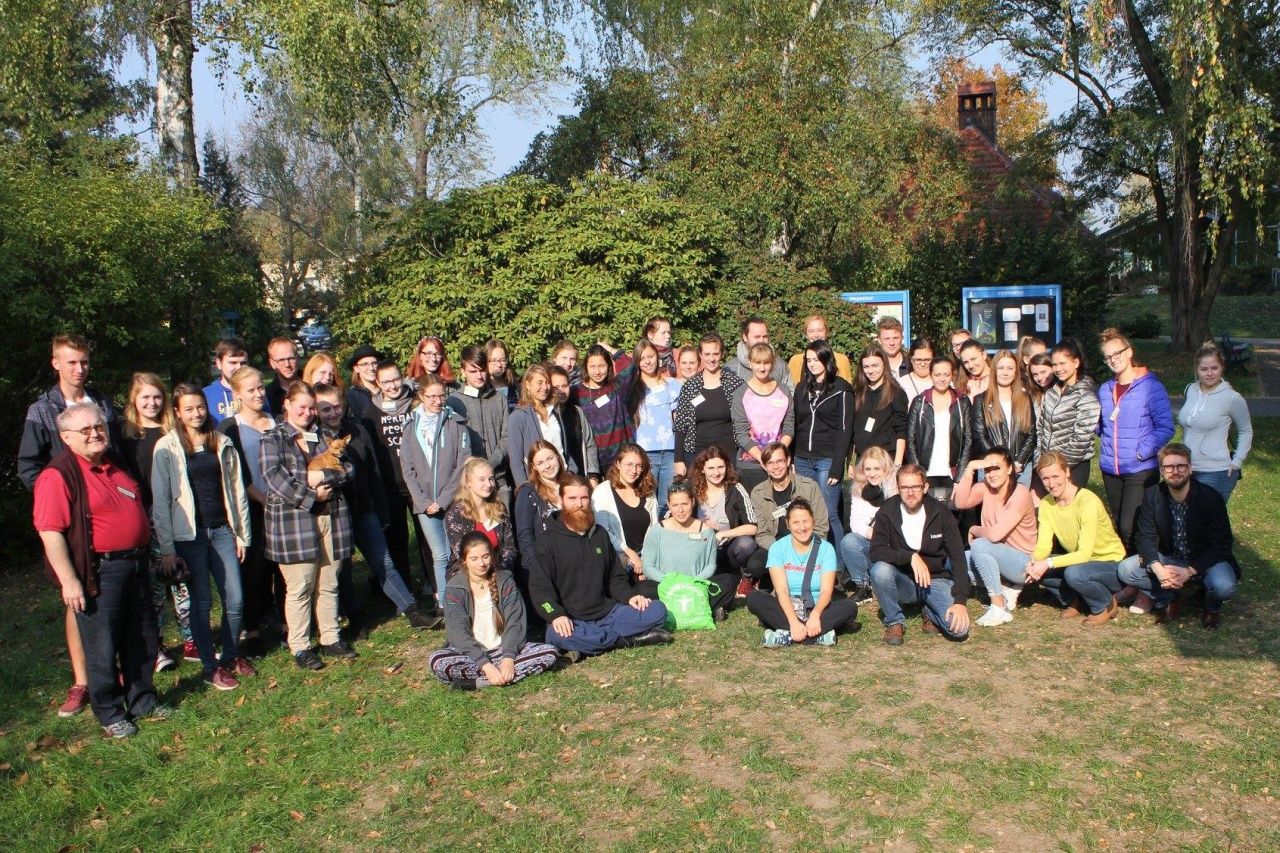
The Department of Social Studies is interested in the fields of social work and special education.
The new workplace has taken off relatively quickly in each of its fields, both educationally and scientifically. Since 2006, the department has been a member of the Association of Educators in Social Work and is also a full member of the European Association of Schools of Social Work (EASSW) and the International Association of Schools of Social Work (IASSW). The department’s members try to maintain an international dimension to their activities - they have cooperated with Linnaeus University in Sweden, Samford University in Alabama and the Hochschule Zittau/Görlitz in Saxony. At the national level, the staff at the department manages to maintain intensive cooperation with practice, both in state and non-state organizations. One of the benefits is the transfer of practical experience and tried and tested know-how to the lessons, likewise this gives students the opportunity to undergo professional practice with real benefit.
Establishment of the Department of Romance Languages
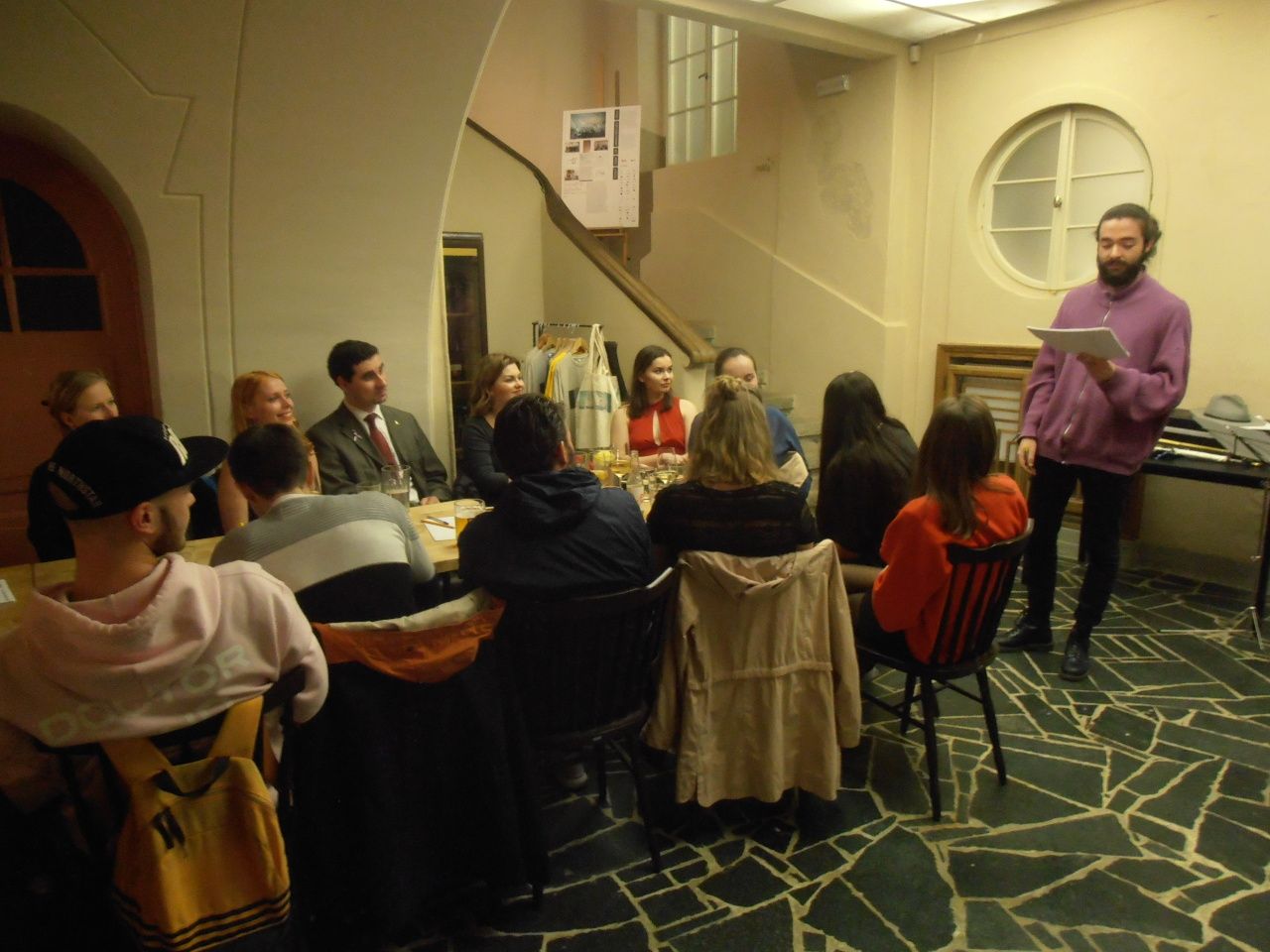
The Department of Romance Languages was set up in 2007 by the transformation of the Department of French.
Establishment of the Department of History
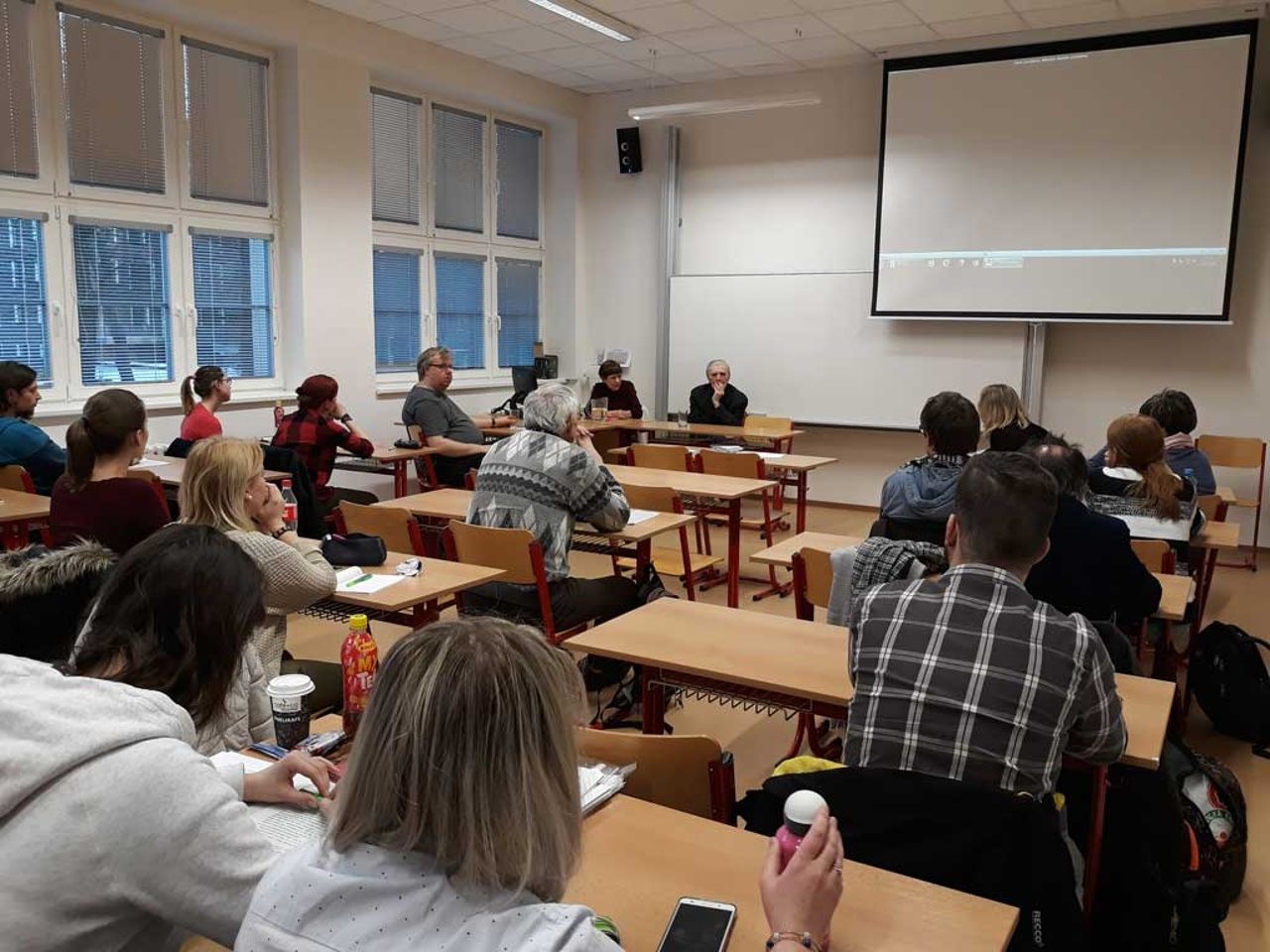
The department cooperates in training, teaching and research work with similar workplaces in the Czech Republic and abroad. There is significant permanent cooperation with regional professional institutions (archives, museums, galleries, the National Heritage Institute and its branches), whose staff participate in teaching. Another result of this cooperation is the peer-reviewed periodical Fontes Nissae, published regularly since 2000.